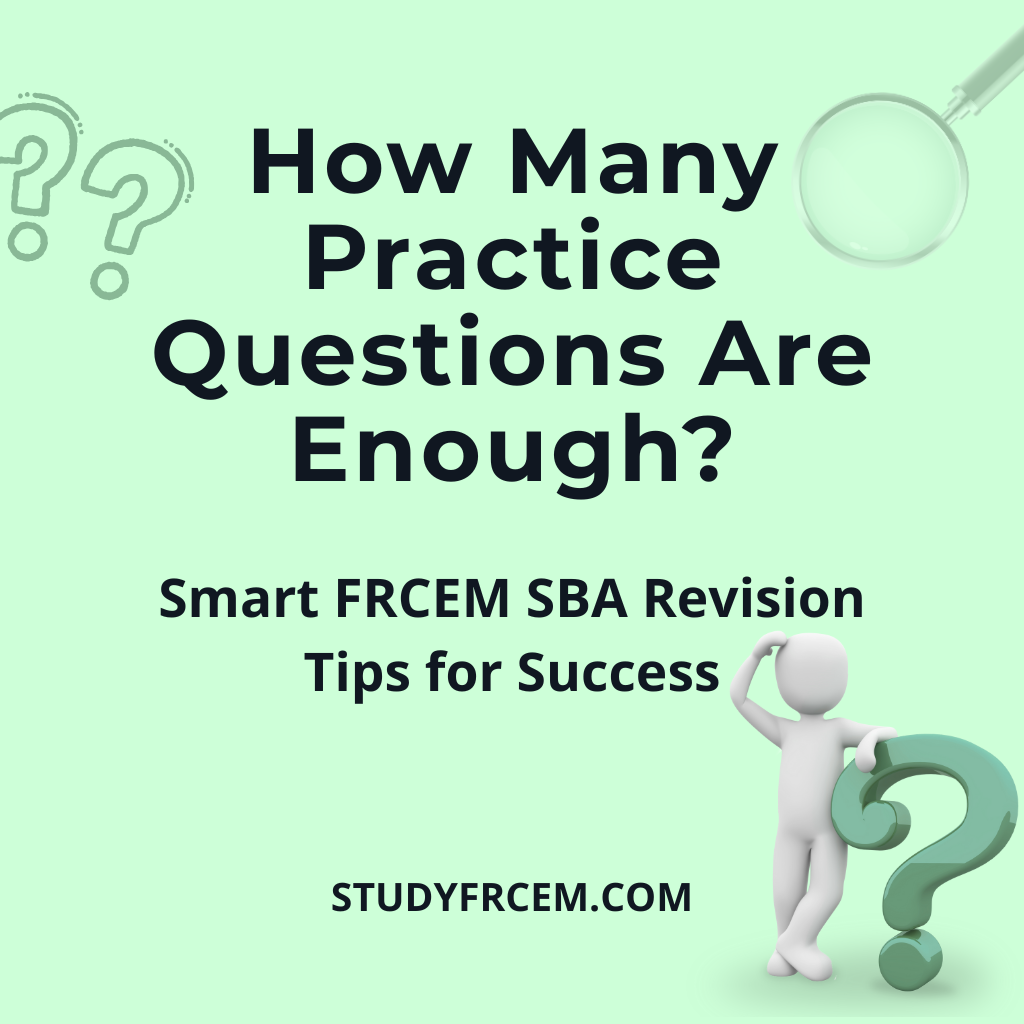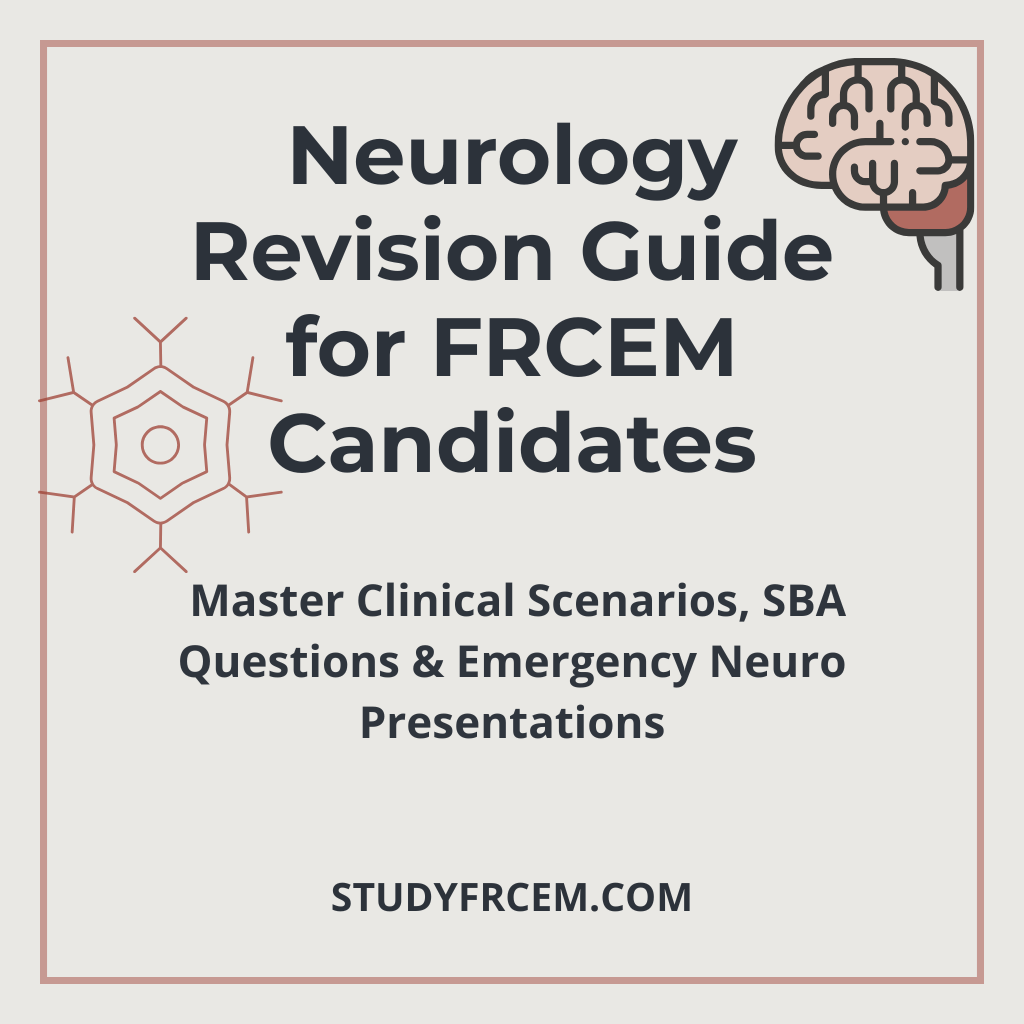If you’re getting ready for the FRCEM exam, you know that clinical reasoning is key. It’s not just about memorising details; it’s about applying critical thinking and making the right calls in emergency scenarios. In this post, we’ll cover all the important aspects of mastering clinical reasoning for the FRCEM exam. Let’s dive in!
What is Clinical Reasoning?
In order to arrive at a diagnosis and treatment plan, clinical reasoning involves considering a patient's symptoms, test data, and medical history. This ability is essential in emergency care since you frequently need to make quick decisions based on limited information. The FRCEM exam tests clinical reasoning to see how well you can apply your knowledge in real-life scenarios.
Why is Clinical Reasoning Important for FRCEM?
The FRCEM exam aims to assess your proficiency in managing emergency situations.
A significant component of this is clinical reasoning, which demonstrates your ability to:
- examine a patient's condition.
- Set treatment priorities.
- Steer clear of typical diagnostic pitfalls.
In other words, you are one step closer to passing the FRCEM exam if you can become proficient in clinical reasoning.
Key Steps to Improve Clinical Reasoning for FRCEM
Here are some practical steps to help you improve your clinical reasoning skills:
1. Recognise the framework for clinical reasoning
Learn a methodical approach to clinical reasoning first. A typical framework consists of:
- Information gathering: Do a physical examination and take a detailed medical history.
- Identifying issues: Enumerate the patient's main concerns.
- Developing theories: Consider potential diagnoses.
- Testing theories: Diagnoses can be confirmed or ruled out via tests and investigations.
- Making decisions: Select the most effective course of treatment
2. Practice with Case Studies
You will get better the more you practice. Case studies can be used to model real-world situations. Try to:
- Determine the important details.
- Consider differential diagnosis.
- Choose the management's next course of action.
3. Take Advice from Errors
Examine your practice cases to determine your mistakes. Did you overlook a crucial symptom? Did you make too many snap judgments? One of the finest ways to get better is to learn from your errors.
4. Stay Updated
The field of emergency medicine is constantly changing. Stay informed about the most recent recommendations and therapies.
Common Mistakes in Clinical Reasoning and How to Avoid Them
Here are some common ones to watch out for:
Anchoring Bias:
This occurs when you cling to the first diagnosis that comes to mind, even when new information suggests otherwise.
- Solution: Always consider alternative diagnoses.
Confirmation Bias:
This involves focusing only on information supporting your diagnosis while ignoring evidence contradicting it.
- Solution: Keep an open mind and evaluate all evidence thoroughly.
Overconfidence:
This happens when you believe you know the answer without carefully analysing the case.
- Solution: Take your time and follow the clinical reasoning framework.
Resources for FRCEM Clinical Reasoning Preparation
Clinical reasoning is a core component of the FRCEM exam, especially in scenarios where quick yet structured decision-making is vital. To help you sharpen your skills, here are some valuable resources that explain the foundations of clinical reasoning, outline common frameworks, and explore how it's applied across healthcare settings. While not all are emergency medicine–specific, each offers unique insights that can support your preparation.
Recommended Resources:
- Clinical Reasoning – NCBI Bookshelf: A detailed chapter from Stat Pearls that explains key reasoning models, diagnostic thinking, and cognitive errors in clinical judgment.
- Clinical Reasoning: An Essential Competency in Health Care – PubMed: A peer-reviewed article that explores the importance of clinical reasoning across healthcare and how it's assessed in professional training.
- Clinical Reasoning – Physio-Pedia: Though physiotherapy-focused, this page offers a helpful overview of different reasoning types and thinking models relevant to healthcare learners.
Final Thoughts
Becoming proficient in clinical reasoning for the FRCEM exam takes time and practice, but the effort is worthwhile. You can increase your chances of success and enhance your skills by using appropriate study materials, learning from your mistakes, and following a disciplined approach. Remember that the ultimate goal of clinical reasoning is to improve as a physician, not just to pass the exam.






